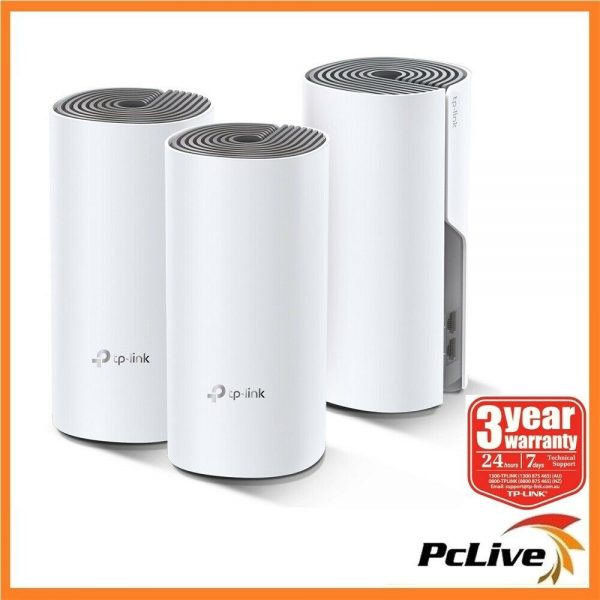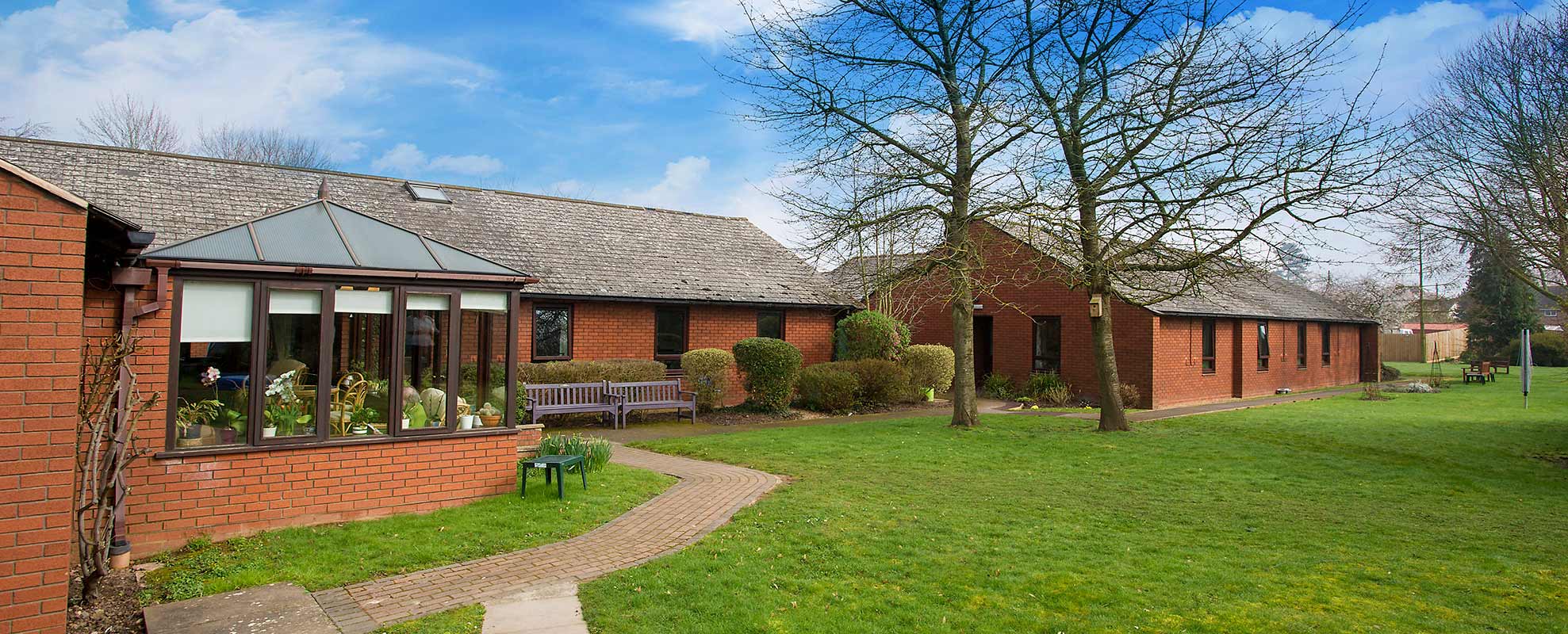Table of Content
Although, we did have to adjust our normal testing placement to bring two of the access points closer together, which isn’t something we have to often do. With more and more devices in our homes — phones, tablets, TVs, computers, game consoles, smart appliances and more — demanding Wi-Fi bandwidth, a reliable, speedy network is more important than ever. And if your home has a challenging layout, or you live in an older building with impenetrable walls, a single router might not cut it, leaving you with poor connectivity or dropouts.

There’s not as much depth as the Eero offers, like blocking specific apps or ads, but Google’s UI cuts the bloat to serve as the most organized interface we used. The dual-band Netgear Nighthawk MK62 (and its three-piece sibling, the MK63) is a relatively inexpensive mesh kit, with small nodes that are easy to hide. It did reasonably well on our throughput tests, but it was less able to handle multiple clients on our latency tests, placing close to last. It can be hard to buy a great router without testing them side by side because the connection speed classes stamped on the box don’t actually mean much. These classes come in the form of initially impenetrable alphanumeric jumbles such as “AX6600” or “AC1750.” In this case, “1750” stands for 1.75 gigabits per second.
Best Budget Wi-Fi Mesh Network System
And the Orbi has only a one-year warranty and 90 days of free tech support, so you’ll have to pay to extend warranty and tech support coverage (another $120 for two years). This might be fine if you have a sprawling mansion and seek one of the best performing mesh systems, but our upgrade pick and the Eero Pro 6 perform just as well for a lot less cash. The Linksys Atlas 6 dual-band mesh kit performed well on our throughput tests, but was mid-pack on latency when the network was fully active. However, it is exceedingly simple to set up and administer as a mesh network, without the security or parental control subscriptions that our Eero 6 top pick will make you pay for.

The Deco X20 was middle of the pack in price and performance, but it failed one of our 4K streams when the network was fully active. Rather than just looking at the mean of all the results during our five-minute test window, we look across the spectrum of results, from good to bad. The median—or typical—result is the 50th percentile, or how the mesh system reacts to traffic “most of the time.” Moving right, the poorer performers show worse results during our five-minute test runs. If a kit rockets above 2,000 ms, for example, that means a high percentage of frustratingly slow page loads.
Google Nest Wi-Fi
They did especially well juggling dozens of Wi-Fi smart-home devices like cameras, smart plugs, and light bulbs while simultaneously meeting the demanding needs of online gaming and video streaming. While the 6+ topped out at a maximum speed of 700 Mbps , this was a negligible 12 percent drop from the 803 Mbps output from our top performer, the Google Nest Wi-Fi Pro. Meanwhile, the Eero’s average 402-Mbps download speed across all three testing points held its own against the 564 Mbps of the Nest Pro below while besting the 279 Mbps of our budget pick. The Netgear Orbi RBK852 two-piece kit and RBK853 three-piece kit were among the first Wi-Fi 6 mesh networks released, but their prices—$650 to $1,000—were too costly for most people. We tested them as a 2- and 3-piece configuration, and while both were top three in throughput and competitive on the latency tests, our upgrade pick has more features and similar performance for significantly less money. If you are upgrading from a previous Orbi kit , and really like the Orbi operating environment, then the RBK852 is a familiar, but high-priced replacement.
EFFORTLESS SETUP – Start browsing, streaming and working quickly with LINKHUB Mesh Wi-Fi System’s pre-pairing factory settings. Choose any unit to connect to Ethernet and all settings will automatically sync with the pack. Popular Mechanics participates in various affiliate marketing programs, which means we may get paid commissions on editorially chosen products purchased through our links to retailer sites. If you live in an apartment or sub-2,000-square-foot home, this is a great option that won’t break the bank.
Does mesh Wi-Fi replace your router?
1 Wi-Fi router plugs into your internet provider’s modem to create your Wi-Fi network. The other extends the wireless network and keeps your connection fast to devices in every room. Each Deco S4 has 2 Gigabit Ethernet ports(6 in total for a 3-pack) and supports Wired Ethernet Backhaul for better speeds.
If you use the 6 GHz for wireless backhaul, you can’t have the routers too far apart or with too many obstacles. There are no additional security features, and the parental controls are limited, but they include basics like filters and time limits. QoS only covers device prioritization, and as a Wi-Fi 5 system there’s no support for WPA3 security. Anyone who likes to tinker or check up on the speed their ISP delivers will be disappointed.
Due to these stock and pricing issues, we’ve reconsidered our top pick, as seen above. The Eero 6 is also much less expensive, easier to install, and simpler to administer over time, as our long-term testing has demonstrated. For web browsing, latency—how long it takes between a request and a response—is more important than raw throughput. By looking at the latency of requests made while all six laptops were working simultaneously, we got a good measure of how well the network might function for you during a busy time. We placed the second node in the converted attic, which is located on the third floor of the home.
If prices drop on the old version and your needs are modest, it could be worth a look. Once each router arrived, we began our analysis by examining everything from the packaging and labeling of the hardware to the included instructions. We also paid close attention to what interface we had to use for setup, determining if it was a web page to visit, a desktop app or a purely mobile experience.
It's nothing fancy, but it offered near flawless performance for small- to medium-size homes in our tests, and it's a cinch to setup and use thanks to TP-Link's Tether app. Ideally, a wireless mesh home network is going to live with you for years. Paying more for your product will reward you every time you fast open the lid with increased your speed, better quality accuracy and a sweet view. Again, the average cost of a new wireless mesh home network is between $$ and $$$. ONE SSID & DUAL-BAND AC1200 – Enjoy seamless Wi-Fi coverage with one SSID for your entire Wi-Fi booster.

The Vilo mesh router is the slowest I've ever tested, but it's functional, and it only costs $20 per device, plus shipping. You can see those results for yourself in the bar graph above, which shows the overall average Wi-Fi 6 upload and download speeds for each system we've tested. We're still working to re-test the top-rated systems from previous years alongside new systems as they come out, so you can expect regular updates to this post whenever I've got new data to share. That's why we put every router we review through our own, independent speed tests in a real-world test environment. If $400 is a bit too much for your budget, know that there's a smaller version of this system called the Asus ZenWiFi AX Mini.
This guarantees everything will work together seamlessly, saving you the trouble of configuring and managing each extender separately. Each Deco P9 unit offers dual-band AC1200 Wi-Fi, which may seem lacking compared to other mesh Wi-Fi systems. But it’s because the communication between them is handled over your electrical wiring, which means your devices get full use of the 3.6Gbps of total available bandwidth. A pair of Gigabit Ethernet ports are also available on each station to let you wire in devices, so these can be used as traditional Powerline network adapters as well. You'll be able to get Wi-Fi into any area of your home that has a power outlet handy.














